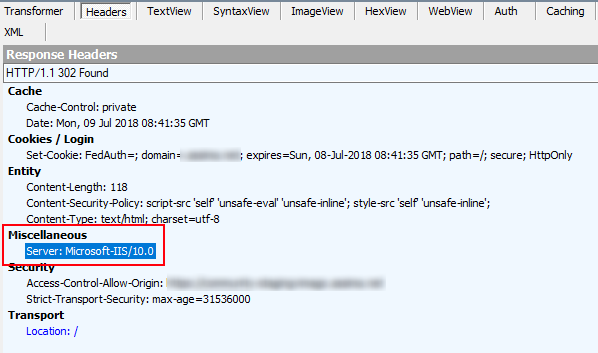

The first one is by deleting the software using the Auto Installer, while the other is by manually erasing every file.Īdditionally, we also learned how to delete the WordPress database for a clean uninstallation. Let’s recap the two ways to uninstall WordPress from your hosting account. Navigate to the MySQL Databases section, then locate the name you’ve noted before and select the three dots next to it. So, let’s remove it as well to uninstall WordPress thoroughly. Erasing the WordPress DatabaseĪlthough the software is no longer there, the database still remains. Afterward, tick the box to select all, and press the Delete icon. Navigate to File Manager in your hPanel and access the public_html directory to manually delete WordPress.īefore we proceed with the removal, though, save the website’s database name from the wp-config.php file for later. Although we’re using the first tool in the following example, the process is similar should you opt for the latter.
#HOW TO DELETE A HEADER GATOR HOST MANUAL#
To uninstall WordPress the manual way, it’s possible to do so via the File Manager or an FTP client. Once the confirmation screen appears, click on Delete.


For instructions on how to remove a blog created on, see this page. Before we proceed with the removal, though, save the website’s database name from the wp-config.php file for later. This tutorial will show you how to uninstall self-hosted WordPress. Navigate to File Manager in your hPanel and access the publichtml directory to manually delete WordPress. Please note that WordPress comes in two versions: and (self-hosted).


 0 kommentar(er)
0 kommentar(er)
